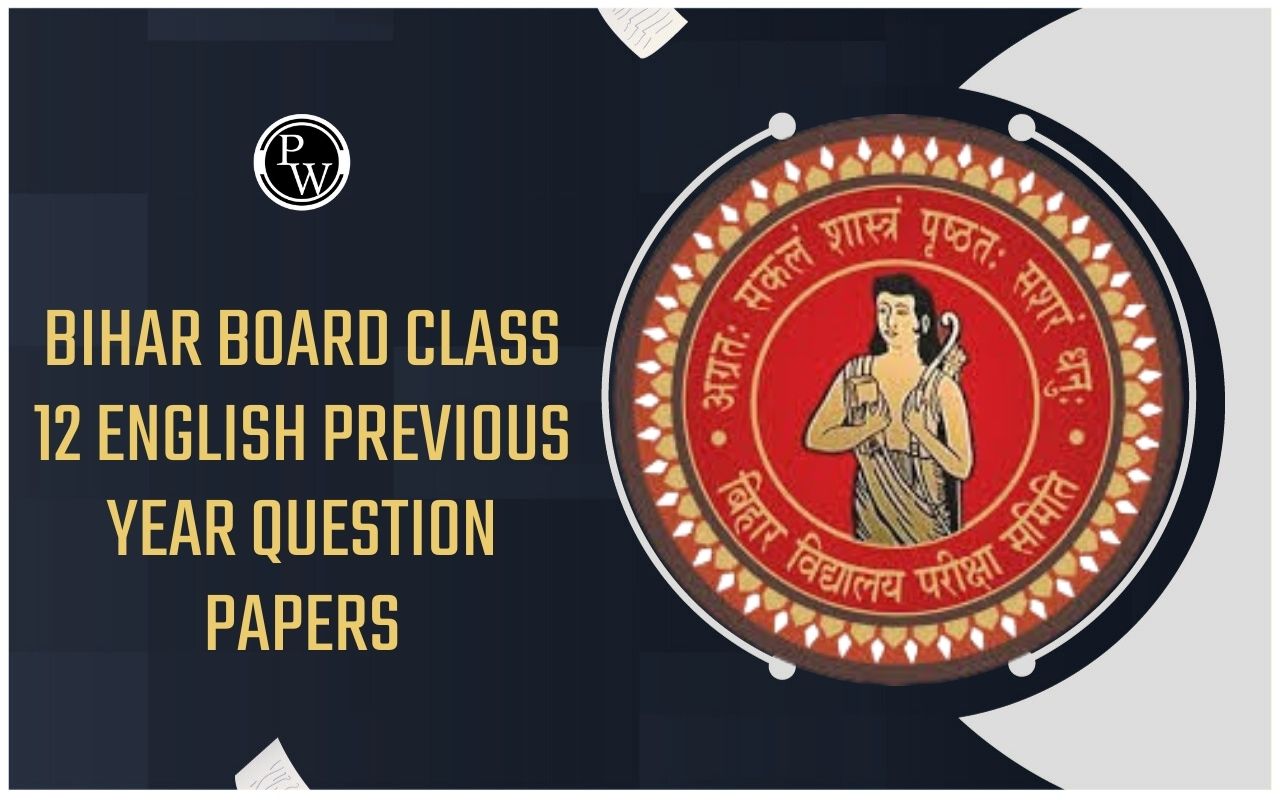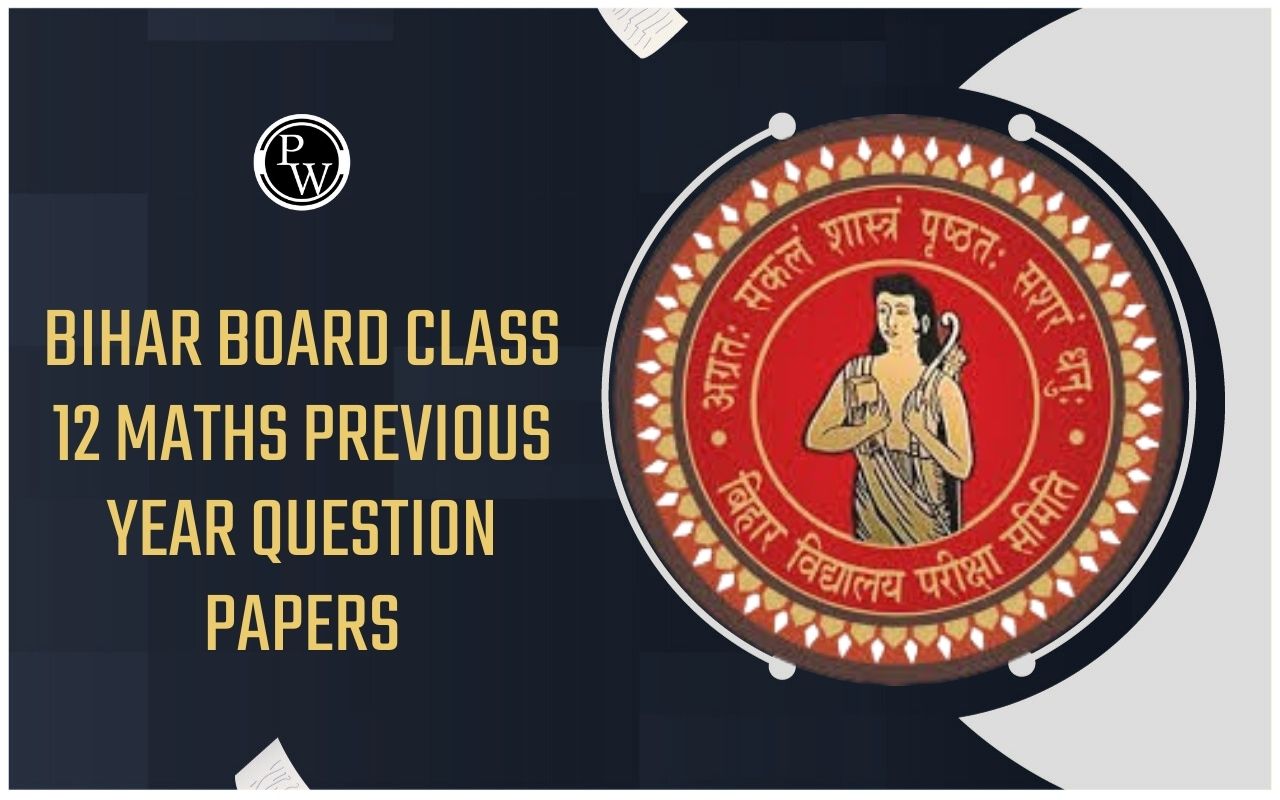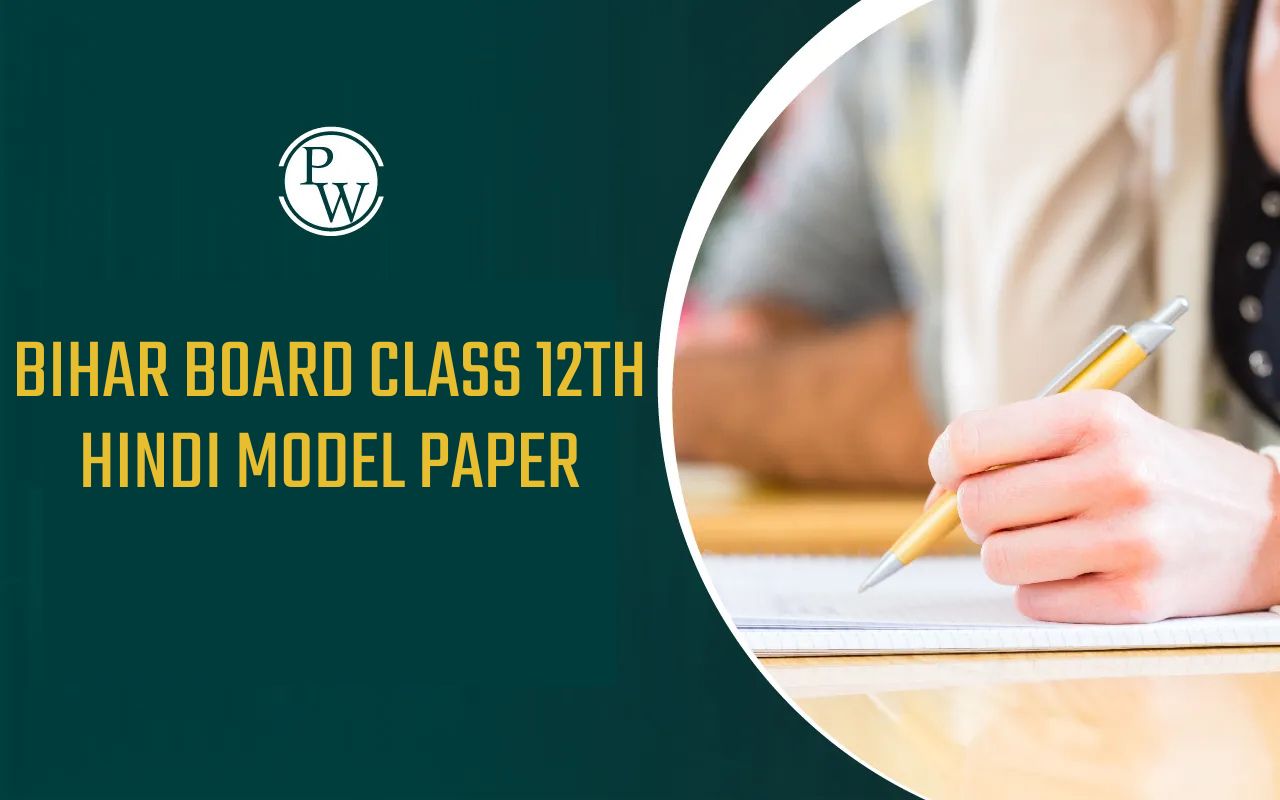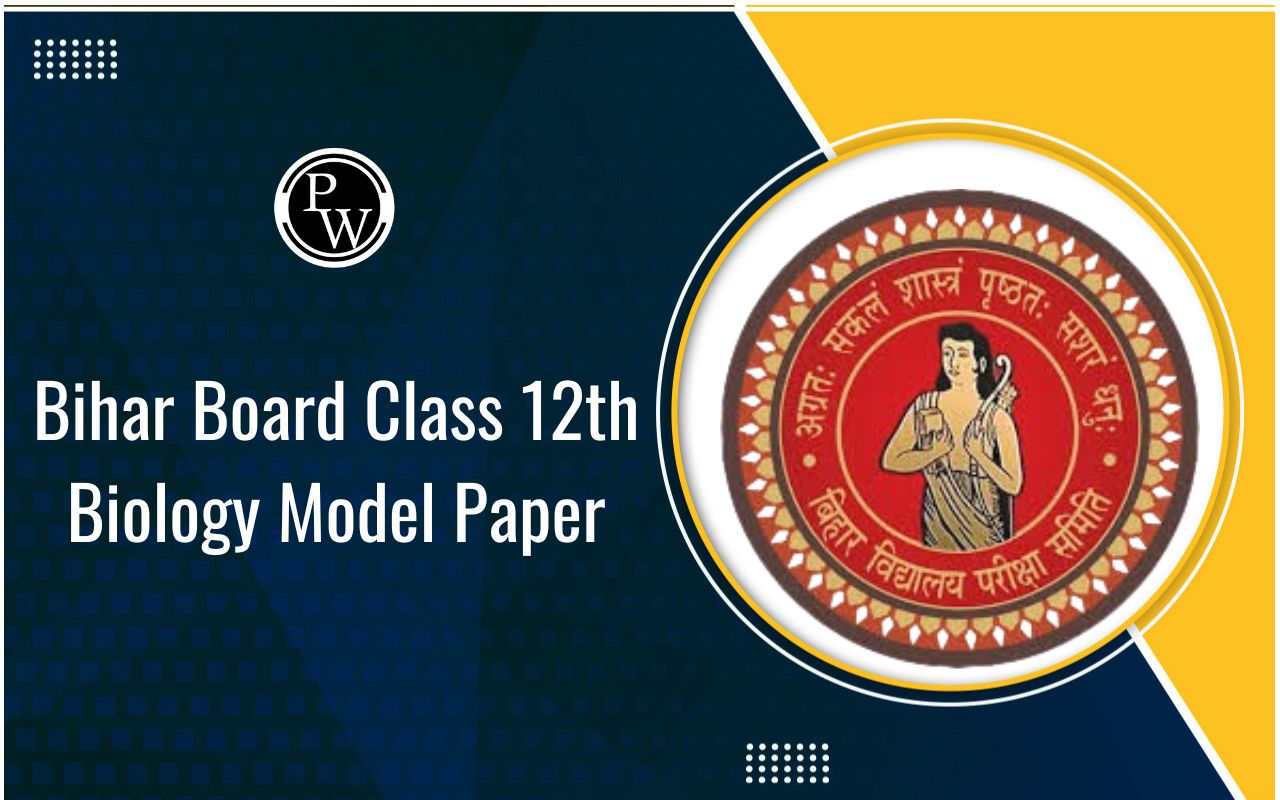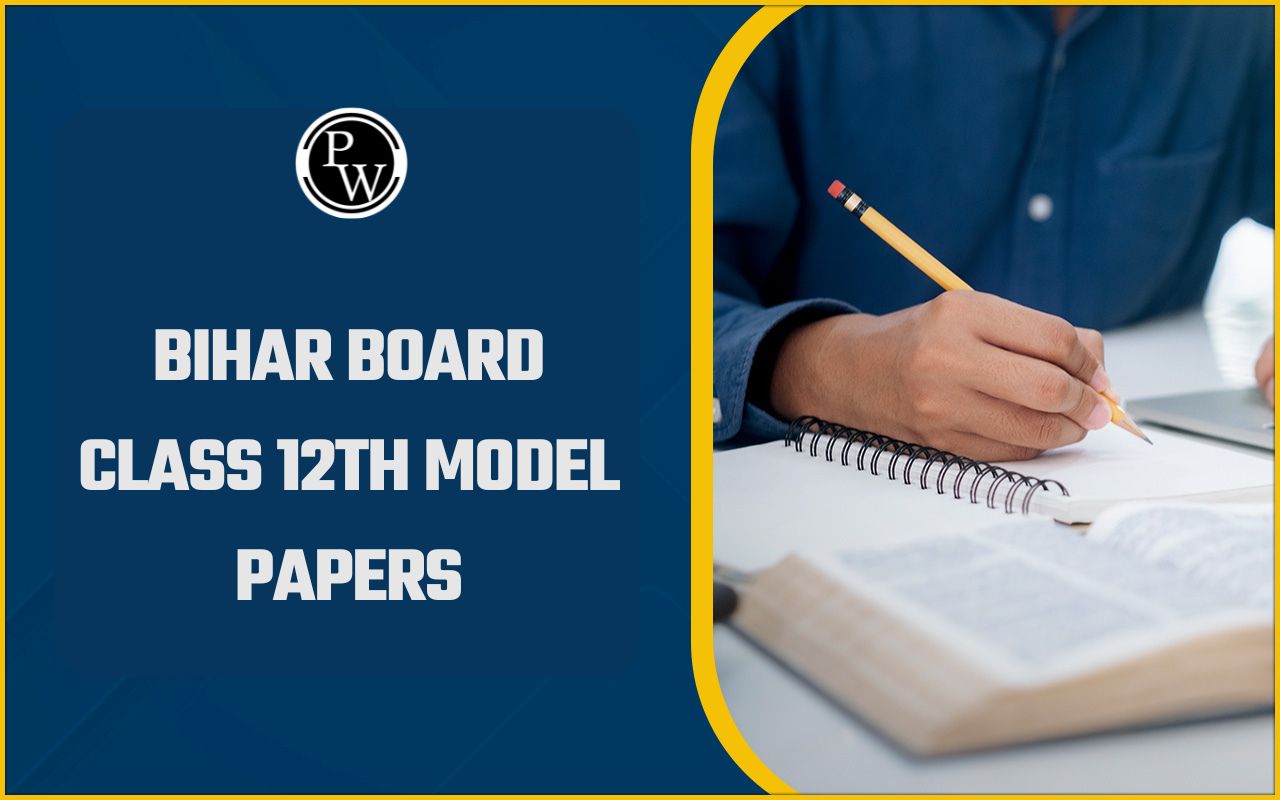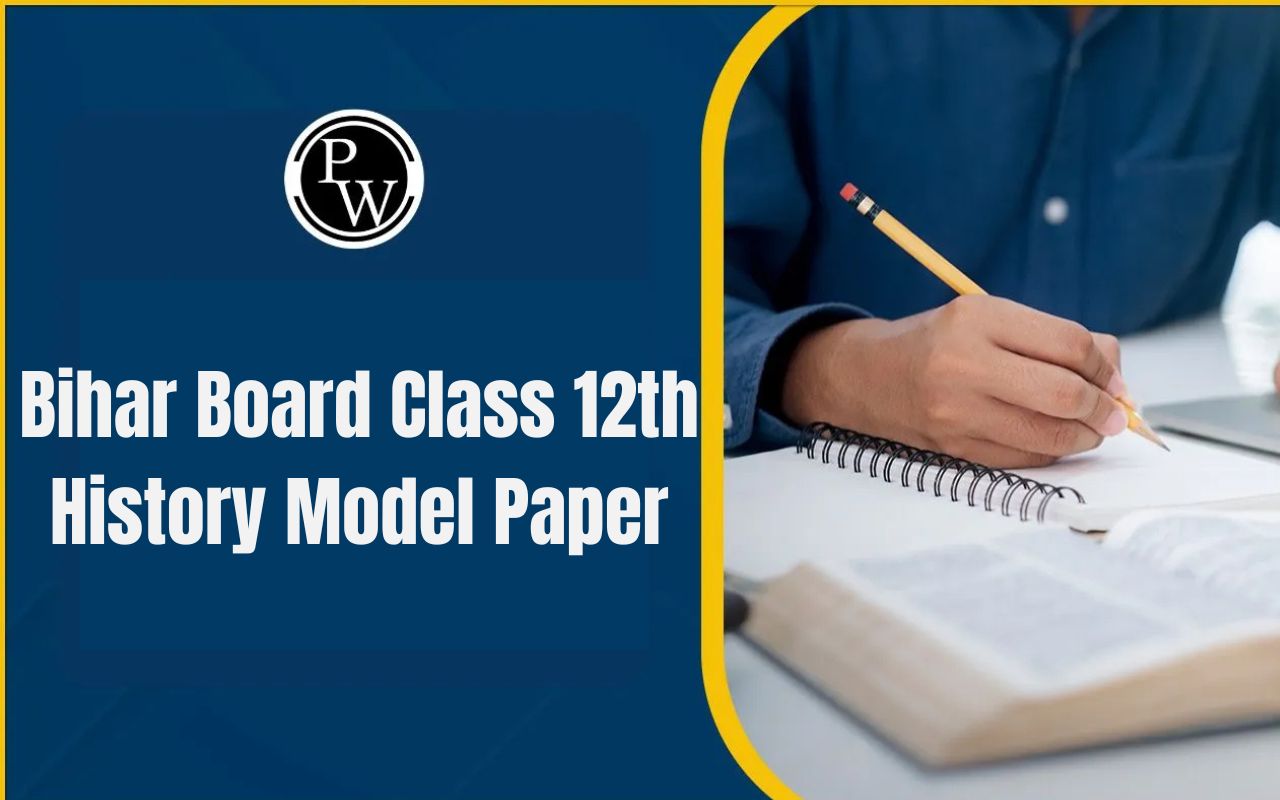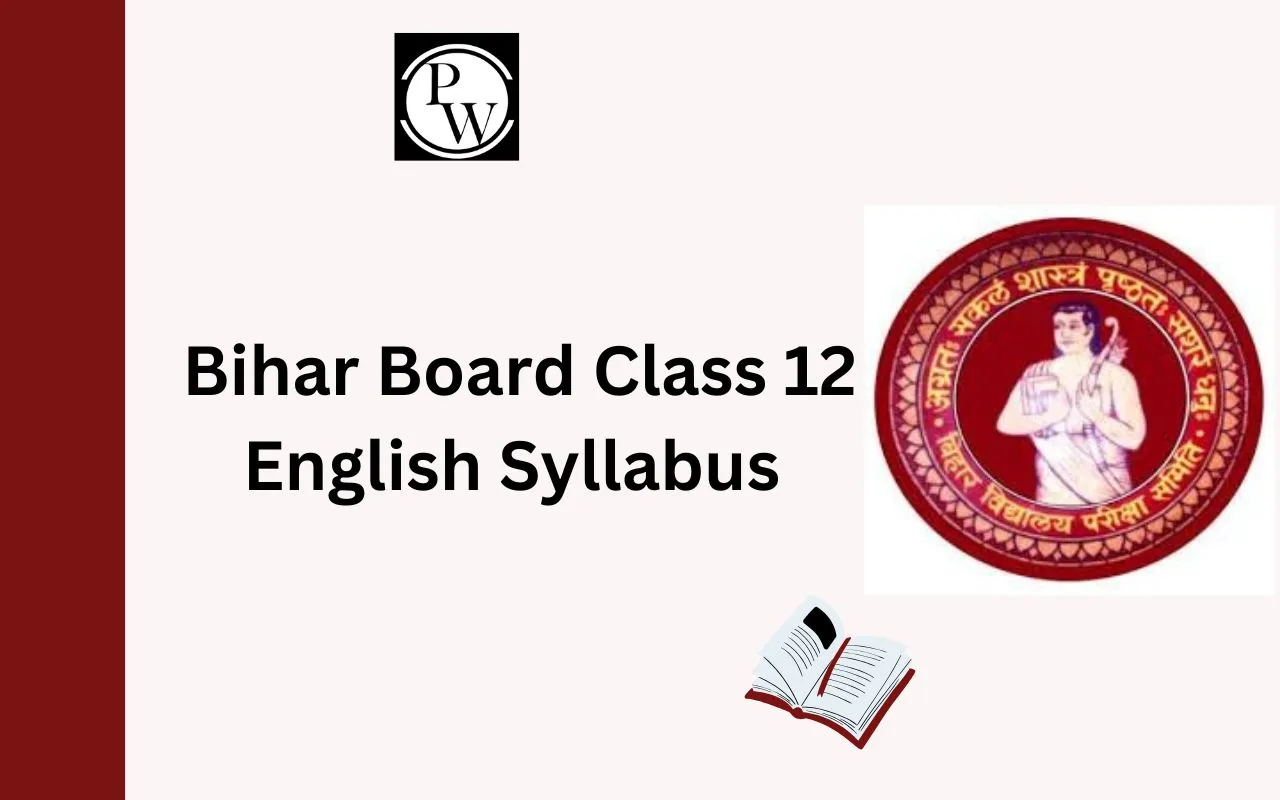
The Bihar Board 12th History Syllabus 2025 has been released by the Bihar School Examination Board (BSEB), Patna. This syllabus provides a comprehensive guide to what students in the Humanities/Arts stream will study in the History subject for the academic year 2025-26. With a total of 100 marks, the syllabus covers various important historical periods, events, and developments in Indian and world history. Knowing the Bihar Board Class 12 Syllabus in advance helps students to strategically plan their preparation, focus on key topics, and perform well in the Annual Board Examination.
Bihar Board Class 12 History Syllabus 2025 Overview
The Bihar Board Class 12 History syllabus is divided into three broad parts, covering ancient, medieval, and modern periods of Indian history. These sections allow students to study different historical sources, artifacts, texts, and important debates, helping them gain a complete understanding of India’s past.
|
Bihar Board Class 12 History Syllabus 2025 Overview |
|
|
Post Category |
Syllabus |
|
Name of the Board |
Bihar School Examination Board, Patna (BSEB, Patna) |
|
Class |
Class 12th |
|
Subject |
History |
|
Total Marks |
100 |
|
Official Website |
|
Bihar Board Class 12th History Syllabus 2025
The Bihar Board Class 12th History syllabus is divided into three parts, based on three different books:
-
Archaeology and Ancient India
-
Medieval India
-
Modern India
Bihar Board Class 12 History Syllabus 2025 Part I Archaeology and Ancient India
Part 1: Archaeology and Ancient India covers the early phases of Indian history, focusing on ancient civilizations, social structures, and cultural developments. Students need to study these four chapters, from which a total of 25 marks will be asked in the board exam.
|
Bihar Board Class 12 History Syllabus 2025 Part I Archaeology and Ancient India |
||
|
Chapter Number |
Chapter Name |
Total Marks |
|
1 |
Bricks, Beads and Bones: Harappan Civilization |
|
|
2 |
Kings, Peasants and Towns: Early States and Economies |
|
|
3 |
Brotherhood, Caste and Class: Early Society |
|
|
4 |
Thinkers, Beliefs and Buildings |
25 |
Bihar Board Class 12 History Syllabus 2025 Part II Medieval India
Part 2: Medieval India focuses on the historical developments from the medieval period, including cultural traditions, political changes, and societal structures. Students will study five chapters from this part, which together carry a total of 30 marks in the board exam.
|
Bihar Board Class 12 History Syllabus 2025 Part II Medieval India |
||
|
Chapter Number |
Chapter Name |
Total Marks |
|
5 |
From the Traveller's Point of View |
|
|
6 |
Bhakti Sufi Traditions |
|
|
7 |
Capital of an Empire: Vijayanagara |
|
|
8 |
Peasants, Landlords and the State |
|
|
9 |
Rulers and Mughal Chronicles |
30 |
Bihar Board Class 12 History Syllabus 2025 Part III Modern India
Part 3: Modern India covers the period of British colonial rule, the freedom struggle, and the formation of modern India’s political framework. This section includes six chapters, carrying a total of 45 marks in the board exam.
|
Bihar Board Class 12 History Syllabus 2025 Part III Modern India |
||
|
Chapter Number |
Chapter Name |
Total Marks |
|
10 |
Colonialism and the Countryside |
|
|
11 |
Rebellion and the State |
|
|
12 |
Colonial City |
|
|
13 |
Mahatma Gandhi and the National Movement |
|
|
14 |
Understanding Partition |
|
|
15 |
Creation of the Constitution |
45 |
Bihar Board Class 12th History Exam Pattern 2025
The Bihar School Examination Board (BSEB) has released the Class 12 History Exam Pattern for the 2025 academic session. This pattern is created to evaluate students' understanding of historical events, concepts, and their analytical abilities. Below is the detailed exam pattern:
|
Bihar Board Class 12th History Exam Pattern 2025 |
|||
|
Question Type |
Total Questions |
Questions to Attempt |
Marks |
|
Objective |
100 MCQs |
50 MCQs |
50 Marks |
|
Subjective |
30 Short Questions 8 Long Questions |
15 Short Questions 4 Long Questions |
50 Marks |
Preparation Tips for Bihar Board Class 12 History
-
Understand the complete syllabus and Bihar Board 12th Exam Pattern clearly.
-
Divide your study time equally among Ancient, Medieval, and Modern India.
-
Use sample papers regularly to practice and get familiar with the question types.
-
Solve previous year questions (PYQ) to identify important topics and question trends.
-
Make short notes for each chapter to help quick revision.
-
Focus on important dates, events, and historical personalities.
-
Revise chapters multiple times to strengthen your memory.
-
Practice writing answers to improve presentation and time management.
-
Attempt mock tests to simulate the exam environment and track progress.
-
Analyze your mistakes in sample papers and PYQs to avoid them in the final exam.
Bihar Board Class 12 History Syllabus FAQs
Has the Bihar Board Class 12 History syllabus for 2025 been released?
What is the total mark distribution for the Class 12 History exam?
Where can I find the official Bihar Board Class 12 History syllabus?
What is the exam pattern for Bihar Board Class 12 History?

